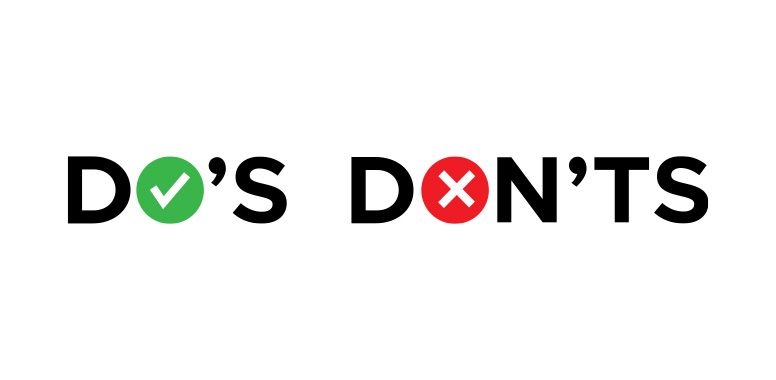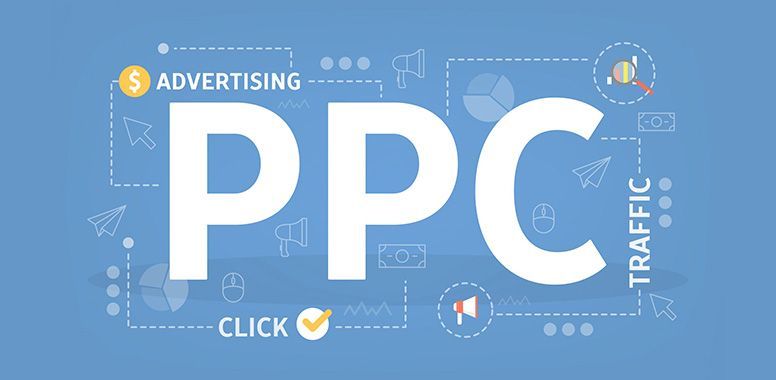Cracking the Code: How to Build a Best-Selling Product on Amazon
Success on Amazon isn’t just about listing a product and hoping for sales. With millions of sellers competing for attention, the key to long-term growth lies in understanding what makes a product thrive in the marketplace. From market research to listing optimization, customer feedback, and brand-building strategies, this guide will walk you through the crucial steps to launching and sustaining a best-selling product on Amazon.
1. Finding the Right Product: Research & Validation
The foundation of any successful Amazon business starts with choosing the right product. Many sellers make the mistake of launching products based on gut feeling rather than data-driven insights. Here’s how to avoid that trap:
Leverage Amazon’s Best Sellers & Trend Analysis
Start by studying Amazon’s Best Sellers, Movers & Shakers, and New Releases categories. These provide real-time insights into what customers are actively buying. Look for patterns in consumer behavior, emerging trends, and seasonal spikes in demand.
Use Product Research Tools
Tools like Helium 10, Jungle Scout, and Keepa allow you to analyze search volume, competition levels, estimated sales, and pricing trends. Key factors to consider when selecting a product:
- Demand: Is there a steady market for the product?
- Competition: Are there too many established sellers with high review counts?
- Profit Margins: Can you source and sell the product with at least a 30%-40% margin?
- Market Gaps: Are there weaknesses in competitors’ listings (bad images, missing features) that you can improve upon?
Check Customer Pain Points in Reviews
Dive into negative reviews of competing products to identify common complaints. Are customers frustrated by durability, design flaws, or misleading product descriptions? If so, you can improve upon these shortcomings to create a superior version of the product.
2. Sourcing & Manufacturing: Ensuring Quality & Profitability
Choosing the Right Supplier
Once you’ve validated your product idea, sourcing quality inventory is the next step. Whether you’re manufacturing overseas or domestically, focus on finding reliable suppliers who meet your quality standards.
- Alibaba, Global Sources, ThomasNet: Great platforms to connect with manufacturers.
- Negotiate MOQs (Minimum Order Quantities): Start with a small test batch before scaling up.
- Request Samples: Always test the product before committing to a bulk order.
Packaging & Branding Matters
Your packaging plays a crucial role in customer perception. A well-branded product not only enhances perceived value but also reduces return rates. Consider eco-friendly, durable, and aesthetically appealing packaging that aligns with your brand identity.
3. Creating an Amazon-Optimized Listing
Even the best product won’t sell if your listing is poorly optimized. Here’s how to craft a listing that attracts clicks and converts visitors into buyers.
Crafting the Perfect Product Title
Amazon’s search algorithm heavily weighs keywords in your title. A great title should include:
- Primary keyword (e.g., “Wireless Charging Pad”)
- Main features (e.g., “Fast 10W Charging, Compatible with iPhone & Android”)
- Brand name
Example: “Ultra-Slim Wireless Charging Pad - Fast 10W Charging for iPhone, Samsung & More - Non-Slip Design - LED Indicator - USB-C Cable Included”
Bullet Points: Clear, Informative & Benefit-Driven
Use all five bullet points to highlight key selling points. Keep them concise yet informative. Example structure:
✅
Feature: "10W Fast Charging Speed"
🔹
Benefit: "Charge your phone 50% faster than standard wireless chargers."
High-Quality Images & Videos
Amazon allows up to seven images—use them strategically. Include:
- High-resolution product images
- Infographics highlighting key features
- A lifestyle image (showing the product in use)
- A comparison chart (how your product is better than competitors)
If possible, upload a product video to boost engagement and conversion rates.
A+ Content & Brand Story
If you’re brand-registered, take advantage of A+ Content to create visually rich product descriptions that enhance customer trust. Include comparison charts, lifestyle images, and storytelling elements that reinforce your brand’s credibility.
4. Launching & Ranking: Driving Initial Sales
Amazon PPC Advertising
Your launch strategy should include Amazon Pay-Per-Click (PPC) campaigns to gain visibility. Set up:
- Sponsored Product Ads: Target relevant keywords to appear in search results.
- Sponsored Brand Ads: If you have a brand-registered store, use these ads for brand awareness.
- Sponsored Display Ads: Retarget potential customers who viewed your product but didn’t buy.
Leverage External Traffic
Amazon favors listings that receive traffic from outside sources. Utilize:
- Social media ads (Facebook, Instagram, TikTok)
- Influencer marketing & affiliate partnerships
- Email marketing to existing customers
Early Review Generation
Reviews significantly impact conversions. Since incentivized reviews are against Amazon’s policies, use these methods instead:
- Enroll in the Amazon Vine Program (for brand-registered sellers).
- Use the Request a Review button in Seller Central.
- Provide exceptional customer service to encourage organic reviews.
5. Handling Customer Feedback & Scaling Your Brand
Monitor & Respond to Reviews
Stay engaged with your customers by promptly addressing reviews and questions. For negative reviews:
- Offer a solution and invite the customer to contact you directly.
- Learn from recurring complaints and make necessary product improvements.
Expanding Your Product Line
Once you have a winning product, consider expanding by:
- Launching variations (new colors, sizes, or bundle options).
- Introducing complementary products within the same niche.
Optimize for Long-Term Success
- Regularly update your listing with new keywords based on trends.
- Keep an eye on competitor strategies to stay ahead.
- Utilize Amazon’s analytics tools to refine pricing and marketing strategies.
Final Thoughts
Building a best-selling product on Amazon isn’t about luck—it’s about research, optimization, and continuous improvement. By selecting the right product, perfecting your listing, driving initial traffic, and providing outstanding customer service, you can create a sustainable and profitable business on Amazon.
Want to take your Amazon sales to the next level? Let’s talk!
Book a strategy call with
CMO today and let’s unlock your brand’s full potential.


